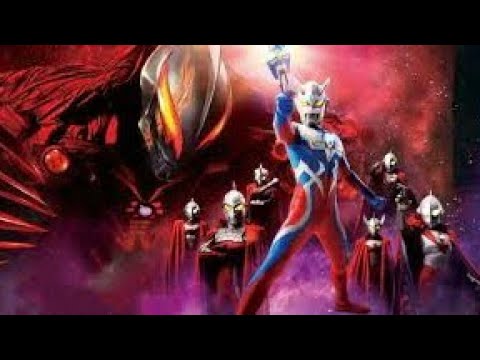

Ultraman was the world's third top-selling licensed character in the 1980s, largely due to his popularity in Asia.

References to Ultraman are abundant in Japanese pop culture, much like references to Superman in U.S. Ultraman Nexus Junis statue outside Bandai HQ in Tokyo.Īs revealed in Mega Monster Battle: Ultra Galaxy, the Ultras are a technologically advanced civilization who were originally identical to humans. They had evolved into their current state of being following the activation of the Plasma Spark, which replaced their dead sun. Ultraman and his many kind are usually red-and-silver (although several color variations have been seen in recent years) and have glowing yellow almond-shaped dome eyes (although there are exceptions to both the shape and color) and various abilities, most notably firing energy beams from their crossed hands and flight. They share a strong cultural sense of justice and duty, a majority of Ultramen joining the Space Garrison ( 宇宙警備隊, Uchū Keibitai) to maintain peace in the universe from alien invaders and monsters. The Ultras that are sent to other worlds are given Color Timers, or "warning lights", which blink with increasing frequency and turn from blue to red if an Ultra's energy supply dwindles or he is mortally wounded. Due to human pollution and the light filtering effects of the atmosphere, an Ultra can remain active on Earth for a limited span of minutes before their energy is depleted and they die. This forces an Ultra to either assume a human form or merge with a human host body. The latter process has healing properties that include reviving a recently dead person with their own life force. Ultra beings also appear to be near-impossible to permanently kill, as several times an Ultra being has been killed, only to be revived by another member of their species.


An Ultra being can be revived with a massive energy infusion, as when Mebius' allies revived him with their energy after his defeat by Empire. Ultras always try to avoid battles in inhabited areas or near innocent bystanders, and try to minimize collateral property damage. If these concerns cannot be met, a city like Tokyo could be destroyed. The show Ultraman was followed by many other series. Sequels to the original series are: Ultraseven (1967, TBS), The Return of Ultraman (1971, TBS), Ultraman Ace (1972, TBS), Ultraman Taro (1973, TBS), Ultraman Leo (1974, TBS), Ultraman 80 (1980, TBS), Ultraman Tiga (1996, MBS), Ultraman Dyna (1997, MBS), Ultraman Gaia (1998, MBS), and Ultraman Cosmos (2001, MBS).


 0 kommentar(er)
0 kommentar(er)
